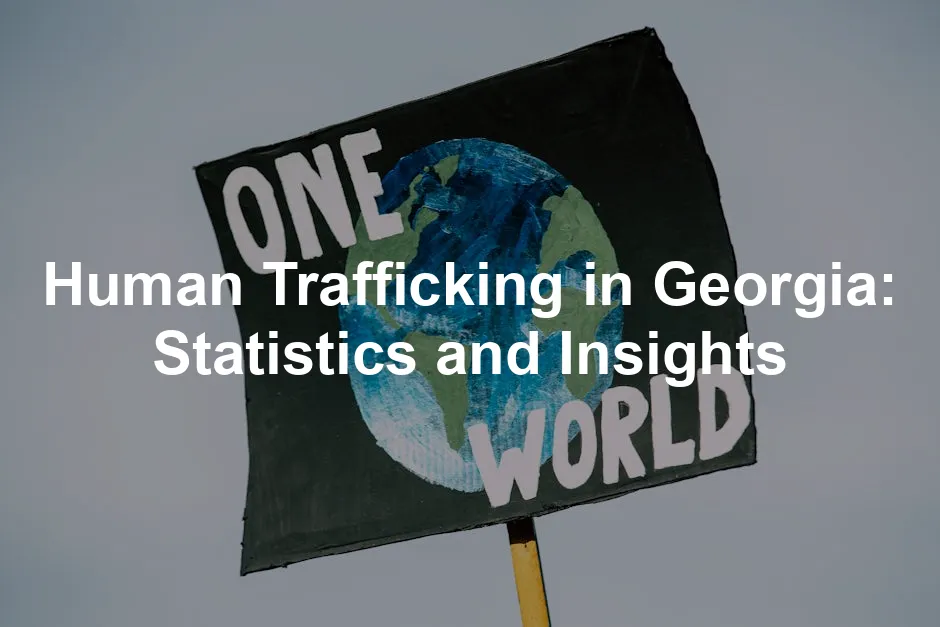Introduction
Human trafficking is a grim reality that affects many, including Georgia. This issue exists both in the U.S. state of Georgia and the country of Georgia, presenting unique challenges and alarming statistics. Understanding the extent of human trafficking is crucial. It aids in crafting effective strategies to combat and prevent this crime.
Statistics serve as the backbone of awareness and advocacy. By examining numbers, we can illuminate the dark corners where trafficking thrives. The purpose of this article is to provide comprehensive statistics and insights about human trafficking in Georgia. We aim to raise awareness, inform readers, and offer recommendations for future action.
In Georgia, human trafficking manifests in various forms, such as sex trafficking and labor trafficking. Victims often endure unimaginable suffering, often lured by false promises of a better life. The fight against this crime requires collective understanding and action. Through diligent examination of statistics, we can better appreciate the complexity of this issue and mobilize efforts to combat it.
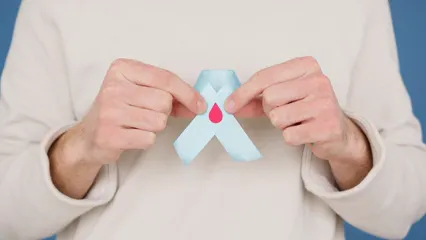
Overview of Human Trafficking in Georgia
Human trafficking encompasses a range of exploitative practices. At its core, it involves recruiting, harboring, or transporting individuals for purposes of exploitation. This includes sex trafficking and labor trafficking. In sex trafficking, victims are coerced into performing sexual acts, often against their will. Labor trafficking involves compelling individuals to work under threat or deception.
Globally, human trafficking is a significant concern. According to the International Labour Organization, approximately 40.3 million people are victims of modern slavery worldwide. This staggering figure includes 24.9 million in forced labor and 15.4 million in forced marriages. The situation in Georgia is equally concerning, with both Georgian nationals and foreign victims falling prey to traffickers.
In the context of the U.S. state of Georgia, the National Human Trafficking Hotline has reported thousands of cases since its inception. Since 2007, the hotline received over 9,900 signals related to trafficking, indicating a persistent problem. The prevalence of trafficking in Georgia makes it imperative that we remain vigilant. By understanding the statistics, we can better strategize our response to this crisis and work towards eradicating trafficking in all its forms.

Current Statistics on Human Trafficking in Georgia (U.S. State)
General Statistics
Human trafficking is a pressing issue in Georgia, and the numbers speak volumes. Since 2007, the National Human Trafficking Hotline has received a staggering 9,970 signals related to trafficking. Among these, 3,247 cases were identified, involving an alarming total of 12,277 victims. It’s a grim reality that underscores the need for awareness and action.
In recent years, the statistics have remained concerning. In 2020, the hotline recorded 1,079 signals from Georgia, identifying 339 cases and 1,104 victims. The following year saw 983 signals, with 282 cases identified and 1,070 victims involved. The numbers for 2022 were slightly lower, with 755 signals and 243 cases, but the total victims rose to 728. Most recently, in 2023, the hotline received 653 signals, identifying 263 cases and 499 victims.
Victim demographics reveal crucial insights. In 2023, among the identified victims, 229 signals came directly from victims or survivors. Gender breakdown statistics were alarming: 197 females and 47 males were involved. Age-wise, the data showed that 71 minors were victims, while 193 were adults. This stark contrast highlights the vulnerability of young people, especially in the face of exploitation.

For a deeper understanding of the statistics related to human trafficking in Georgia, you can refer to the reading statistics for the state of Georgia.
Types of Trafficking
Georgia experiences various forms of human trafficking, primarily sex and labor trafficking. According to the hotline data for 2023, sex trafficking accounted for 156 cases, while labor trafficking involved 52 cases. Notably, there were also 33 cases that involved both sex and labor trafficking.
Victims are exploited in numerous ways. Commercial sex remains a significant concern, with various reports indicating that young women are often coerced into sex work, driven by desperation or manipulation. The alarming statistic that approximately 12,400 men purchase sex with young women in Georgia each month is a stark reminder of the demand fueling this crime. Moreover, on any given night, around 100 adolescent females fall victim to sexual exploitation.
Labor trafficking, on the other hand, often goes unnoticed. Victims may find themselves trapped in poor working conditions, facing threats or deception. The National Human Trafficking Hotline reports that many victims are lured with false promises of employment, only to be forced into labor under harsh conditions.

If you’re curious about how to better understand the psychological impacts of trauma on victims, I highly recommend checking out “The Body Keeps the Score” by Bessel van der Kolk. This book delves into the profound effects of trauma and offers insight into the healing process, making it a must-read for anyone looking to understand the psychological scars left by human trafficking.
The trends in trafficking reveal a grim picture. The average age for girls entering the commercial sex market is between 12 and 14 years, indicating a need for urgent action. As we analyze these statistics, it becomes clear that human trafficking in Georgia is not just a statistic; it’s a crisis that demands attention, understanding, and a collective effort to combat. By raising awareness and advocating for change, we can work towards a future where individuals are no longer exploited and victims can reclaim their lives.

Geographic Concentration
When it comes to human trafficking in Georgia, one place stands out: Atlanta. This vibrant city is not just known for its peaches and Southern hospitality; it has also earned a less glamorous reputation as a significant hub for trafficking activities. With its bustling transportation networks and numerous events, Atlanta attracts traffickers like bees to honey.
Statistics reveal alarming hotspots within the city. Neighborhoods like Midtown and Downtown are particularly affected, with cases frequently reported in areas that host large gatherings or conventions. For example, the annual influx of visitors during major events like the Super Bowl and music festivals creates an environment ripe for exploitation. Such events often lead to a spike in demand for commercial sex, making it easier for traffickers to operate.
In recent reports, it’s estimated that around 12,400 men purchase sex with young women in Georgia each month. Disturbingly, approximately 100 adolescent females become victims of sexual exploitation on any given night. This highlights a critical issue: the demand for these services fuels the trafficking crisis.
The statistics are not just numbers; they represent real lives affected by this grave issue. The city’s accessibility and transient population create a perfect storm for traffickers to thrive. It’s essential to acknowledge this geographic concentration as a crucial factor in combating human trafficking in Georgia. Awareness and targeted efforts in these areas could be pivotal in reducing these alarming statistics and protecting vulnerable individuals.

Government Response and Legal Framework
Laws and Regulations
Georgia has made significant strides in addressing human trafficking through legislation. The state’s laws criminalize both sex and labor trafficking, with serious consequences for those found guilty. Under Georgia law, specifically O.C.G.A. § 16-5-46, traffickers can face a minimum of seven years up to a maximum of 20 years in prison, especially when minors are involved. This is no slap on the wrist. The penalties reflect the severity of these crimes and the state’s commitment to eradicating trafficking.
Additionally, in 2015, Georgia passed SB8, which mandates that convicted traffickers register as sex offenders and contribute to a fund dedicated to assisting victims. This law reinforces the idea that traffickers will face long-term consequences for their actions. The state has also established specialized units focused on investigating trafficking cases. These units work closely with local and federal law enforcement to ensure a coordinated response.
The role of law enforcement is crucial. Specialized trafficking units have been created to tackle this issue head-on. They are responsible for investigating suspected trafficking cases and inspecting high-risk businesses. Despite these efforts, challenges remain. The number of convictions has fluctuated, and there are concerns about the effectiveness of victim identification during enforcement actions. Sometimes, police operations may lack a clear strategy for identifying victims, leading to missed opportunities for assistance.
In recent years, the government has sought to improve victim identification through new training and resources. For example, labor inspectors have received guidelines to help them recognize signs of labor trafficking. This proactive approach aims to increase the number of victims identified and supported. However, there’s always room for improvement. Continued training, public awareness campaigns, and community partnerships are vital in fighting human trafficking.
The legal framework surrounding human trafficking in Georgia is robust yet evolving. With ongoing efforts to enhance the laws and improve law enforcement capabilities, the state is taking steps to create a safer environment for vulnerable individuals. By holding traffickers accountable and focusing on victim support, Georgia aims to make strides in combating this heinous crime.

Government Efforts
According to the 2023 Trafficking in Persons Report, Georgia’s government is committed to fighting human trafficking. The state has been recognized for fully meeting the minimum standards for the elimination of trafficking, making it a Tier 1 country. This recognition is no small feat, considering the challenges posed by the COVID-19 pandemic.
In recent years, Georgia has ramped up its anti-trafficking initiatives. The government has investigated more cases and has improved its ability to screen vulnerable individuals for trafficking indicators. They developed specific guidelines for labor inspectors to identify victims of labor trafficking. Additionally, a specialized mobile group was created to locate at-risk children, especially those experiencing homelessness.
Despite these advances, the report highlights that the number of convictions has declined. In 2022, only two labor traffickers were convicted, signaling a need for more robust prosecution efforts. The government has partnered with various NGOs to provide victim assistance, ensuring that those affected by trafficking receive the support they need. This includes increased funding for government-run anti-trafficking shelters and consistent meetings of anti-trafficking coordinating bodies. The adoption of the 2023-2024 Anti-Trafficking National Action Plan underscores a commitment to comprehensive strategies aimed at prevention and victim support.
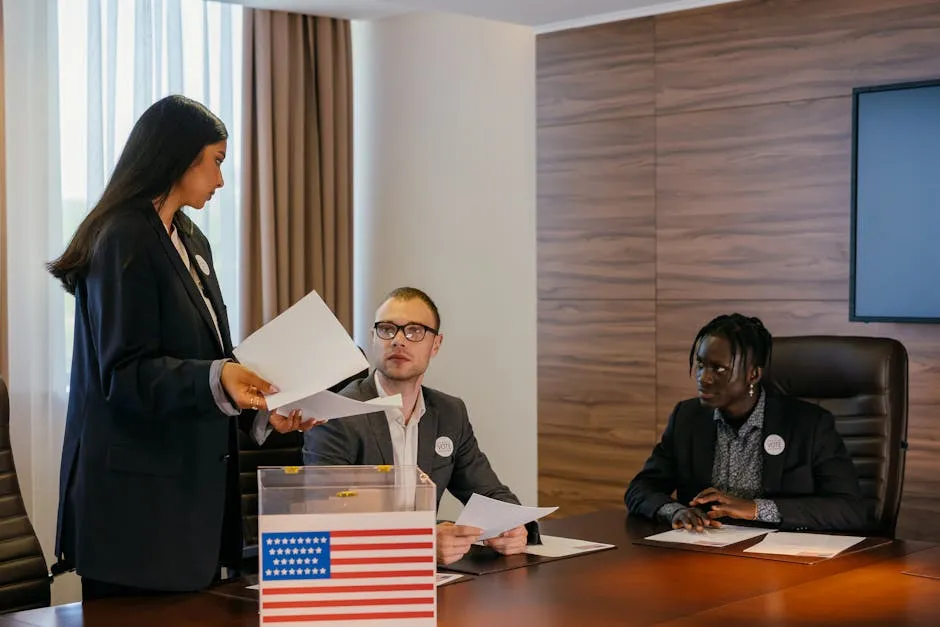
Challenges Faced
While the government’s efforts are commendable, significant challenges persist in the fight against human trafficking in Georgia. One major issue is the gap in law enforcement and victim identification. Reports indicate that police often conduct operations without a clear strategy for identifying victims, which can lead to missed opportunities for providing support.
Moreover, public awareness remains low. Many individuals are unaware of the signs of trafficking or how to report it. This lack of awareness extends to law enforcement agencies, which often struggle with the resources necessary to combat trafficking effectively. Victims sometimes feel trapped, as they are required to stay in the country until the trial concludes, deterring foreign victims from cooperating with authorities.
The government’s efforts to improve victim restitution and legal assistance have also been insufficient. Judges have yet to award restitution in criminal cases, leaving victims without the support they desperately need. As such, fostering greater awareness and allocating additional resources to both law enforcement and support services is crucial for overcoming these challenges.

Victim Profiles and Demographic Insights
Vulnerable Populations
In Georgia, certain groups are particularly vulnerable to human trafficking. Children, refugees, and the homeless face heightened risks. Many of these individuals are lured by promises of a better life, only to find themselves entangled in exploitation.
Socio-economic factors contribute significantly to this vulnerability. For instance, children from unstable homes or those experiencing homelessness are prime targets for traffickers. They are often desperate for food, shelter, or a sense of belonging, making them easy prey for those with nefarious intentions.
Refugees, fleeing from conflict or persecution, also find themselves in precarious situations. They may lack awareness of the local environment, making them susceptible to exploitation. Furthermore, the intersection of poverty and limited access to education creates a breeding ground for trafficking. Vulnerable populations must be supported through comprehensive prevention strategies that address these root causes. By understanding who is at risk, stakeholders can better tailor their efforts to combat trafficking effectively.
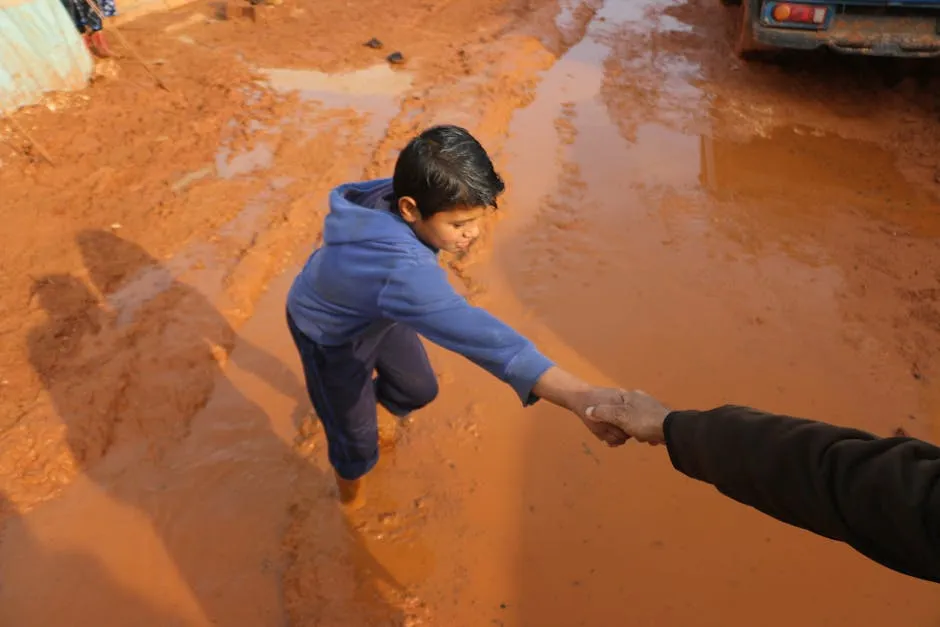
For those looking to understand the broader implications of these issues, I suggest reading “Half the Sky” by Nicholas D. Kristof and Sheryl WuDunn. This powerful book highlights the oppression faced by women around the world and provides insights into how we can turn these challenges into opportunities for change.
Case Studies and Examples
Human trafficking leaves scars that often remain hidden. However, the stories of survivors can shed light on this dark issue. For instance, a young woman named Sarah (name changed for privacy) was lured by false promises of a modeling career. Instead, she found herself trapped in a world of exploitation. Sarah said, “I trusted them. I thought I was going to live my dream. Instead, I lost everything.” Her story reflects the vulnerability many face and highlights the importance of awareness.
In another case, a group of minors was rescued from a trafficking ring in Atlanta. They were exploited for commercial sex, often seen as disposable commodities. One survivor, now an advocate, shared, “We are not just statistics. We are real people with dreams and families. We need support to heal.” Such testimonials echo the urgent need for comprehensive support systems to aid recovery.
These examples illustrate the real impact of trafficking, not just on individuals, but also on communities. Each survivor’s story is a reminder of the ongoing fight against this heinous crime.
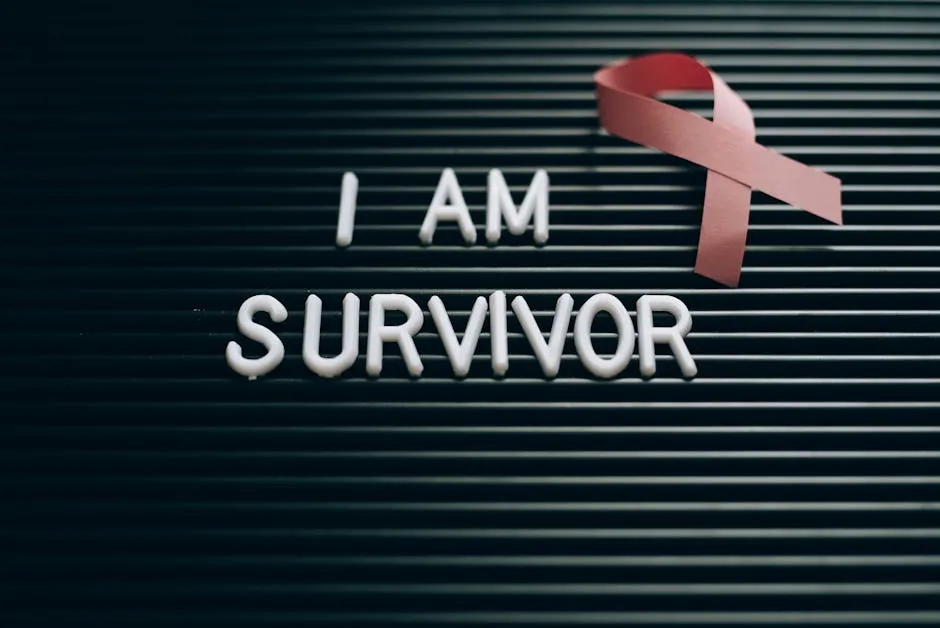
Prevention and Awareness Campaigns
Current Initiatives
In Georgia, several organizations work tirelessly to combat human trafficking. One notable initiative is the collaborative effort led by the Georgia Alliance to End Human Trafficking. This coalition includes law enforcement, NGOs, and community members focused on prevention and awareness. Their campaigns target schools, urban areas, and at-risk populations, educating them about the signs of trafficking.
Additionally, the Georgia Department of Human Services has launched programs highlighting the importance of identifying and assisting potential victims. Their outreach includes workshops, distributing informative materials, and engaging with local communities. These efforts aim to empower citizens to recognize trafficking and take action. Public events and social media campaigns further amplify these messages, making it easier for individuals to report suspicious activities.
Educational institutions are also stepping up. Many schools now incorporate human trafficking awareness into their curricula. By teaching students about the risks and signs, they help create a more vigilant and informed generation. These proactive measures are crucial in preventing trafficking before it occurs.

If you’re interested in diving deeper into the systemic issues surrounding human trafficking, consider reading “Not For Sale” by David Batstone. This book provides a profound examination of the modern slave trade, offering insights into how we can combat this global crisis.
Recommendations for Improvement
Despite ongoing efforts, there is always room for improvement. First and foremost, state and local governments should allocate more resources to anti-trafficking initiatives. Increased funding can enhance training for law enforcement, ensuring they are equipped to identify and assist victims effectively.
Furthermore, community engagement is vital. Local organizations should collaborate with businesses to raise awareness about trafficking in their areas. For example, training programs for hotel staff can help them identify potential trafficking indicators.
A robust public awareness campaign is essential to combat the stigma surrounding victims. Highlighting their stories can foster empathy and encourage community support. Additionally, creating safe spaces for survivors to share their experiences can promote healing and awareness.
Finally, enhancing victim support services is crucial. Providing access to mental health resources, legal assistance, and job training can help survivors rebuild their lives. By implementing these recommendations, Georgia can strengthen its fight against human trafficking, ensuring fewer individuals fall prey to this crime.

Conclusion
Human trafficking is a complex issue, but the statistics reveal a dire need for action. In Georgia, thousands of victims have been identified, and alarming trends show no signs of slowing. The fight against trafficking requires collective efforts from government, organizations, and individuals.
Awareness is the first step. Educating communities about the signs of trafficking can lead to quicker interventions and support for victims. The statistics we’ve discussed highlight the urgency of this issue. It’s not just a statistic; it’s a call to action.
By working together, we can create a safer environment for vulnerable populations. Let’s support initiatives aimed at raising awareness and providing resources to those in need. Every effort counts, and your voice can help make a difference. Join the fight against human trafficking and advocate for those who cannot speak for themselves. Together, we can turn the tide against this horrific crime and build a future free from exploitation.
Please let us know what you think about our content by leaving a comment down below!
Thank you for reading till here 🙂
All images from Pexels

